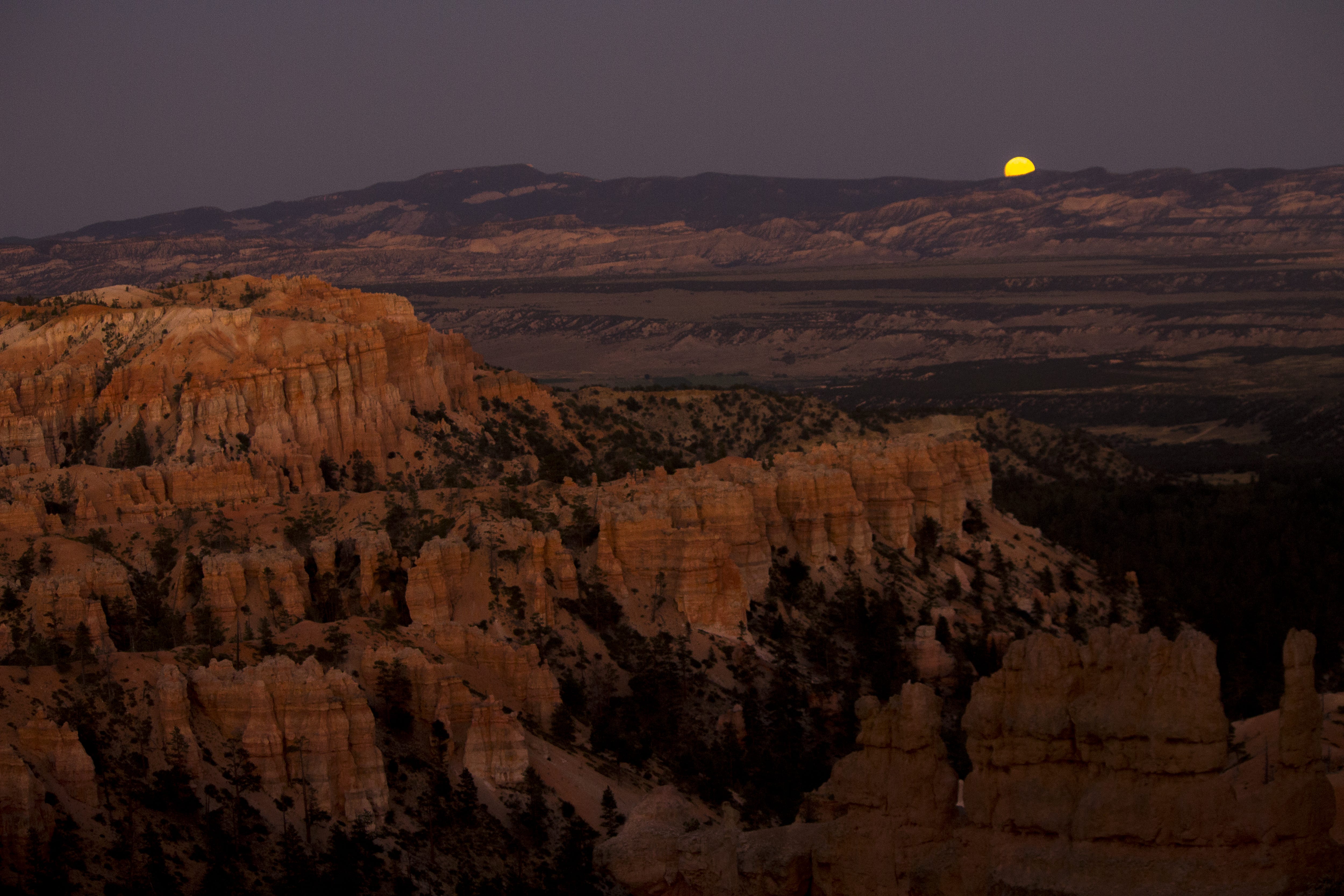Data Dump: Are the national park crowds subsiding?
Also: Mining Monitor; Aridification Addendum
Mining Monitor
Sarah Fields, of Utah’s Uranium Watch, wrote to let us known that the Lisbon Valley Mining Company’s plan to conduct in-situ copper recovery near its open pit mine in Southeastern Utah has run into a bit of a hitch.
In-situ mining entails injecting acid into the copper deposit to dissolve the copper, then pumping the water back to the surface, where the copper and other valuable metals are removed from the solution. It allows companies to extract minerals without digging a big hole in the ground. But it also can contaminate groundwater, raising concerns among neighboring Lisbon Valley residents who get their drinking water from wells.
In order to proceed, the mining company needs an aquifer exemption from the EPA via the Utah Department of Environmental Quality. But in December, the EPA Region 8 office sent the company’s exemption proposal back, saying it lacked essential information showing that the mining would not contaminate a residential drinking well nearby. While it doesn’t halt the project altogether, it does delay it.
Fields also reminded us that the flurry of mining claim activity in the Four Corners Country won’t necessarily amount to a flurry of new mines. She points to instances in the last several years when mining companies staked a bunch of claims, announced exploratory drilling, and otherwise hyped their projects and then do nothing on the ground. It’s “just hype to get investors and pay themselves,” she writes. “It is a time-honored occupation.”
Indeed, it is. And it’s good to keep in mind as you consider the following Mining Monitor tidbits:
Australia-based Moab Minerals announced it has applied for permits to embark on an exploratory drilling project at the Rex Mining project on a mesa south of the old Uravan townsite in Montrose County, Colorado. (Uravan, as you may remember, is the uranium milling company town that was carted away and buried because it was so contaminated.) Moab Minerals has been hyping this project for nearly two years, and only now is proposing to drill 21 holes to see if there’s anything worth mining.
State Line Mineral Ventures of South Ogden, Utah, staked eight, 20.66-acre lode claims on the north edge of the Lisbon Valley near the town of La Sal, Utah, late last year. The company was first registered with the state on Sept. 30, 2022, just weeks before filing these claims. The registered agent is Stephen McKay, who appears to run his own mineral exploration company and offers claim staking as a service. McKay has dozens of other claims in the Uravan Mineral Belt.
Aridification Addendum
This is a little addendum to last week’s dispatch about Colorado River water consumption being decoupled — in some urban areas — from population growth. I pointed out that some cities had made tremendous progress in cutting per-capita water use, but there is still plenty of waste in the system. For example, wealthy mansion owners in the Las Vegas area guzzle up water like it’s going out of style. It got me to wondering: How much water could Las Vegas save if it brought the fat cats’ water use into line with the average Southern Nevadan’s?
Using figures from the Southern Nevada Water Authority, I came up with this:
112 million: Gallons of water Las Vegas’ top 20 residential users consume annually, which averages out to 5.6 million gallons per year per household.
81,000: Gallons of water an average Southern Nevada household consumes annually.
110.4 million: Gallons of water that would be saved annually by restricting each of the top 20 consumers to the average household consumption of 81,000 gallons per year.
That 110 million gallons only amounts to about 337 acre-feet, which won’t put much of a dent in offsetting the overdraft on the Colorado River (remember that at least 2 million acre-feet per year in cuts are needed to balance the system out, and probably considerably more). But, if you were to expand the water consumption limit to all users in all of the cities that pull water out of the Colorado, you might make some progress.
That kind of hard limit might not fly, politically, though. So another approach would be for the municipal utilities to charge a flat, reasonable fee for that first 81,000 gallons per year (or 222 gallons per day). For any use beyond that the price would climb steeply, providing a strong monetary incentive to conserve. Just my two cents.
Remember when that guy said he wanted to build a $400-billion city in the desert that would someday house 5 million people? Well, apparently he hasn’t dropped the idea. Oy. Vey.
Data Dump: Public Land Inundation Eases?
Preliminary 2022 national park visitation figures are in and, well, they are interesting. At first glance, it appears as if the huge crowds that have poured into Zion, Arches, and other national parks over the last few years have subsided. And there has, indeed, been a drop off from last year. But a closer look reveals that in most cases, visitation numbers are still at what would have been all-time high levels just a few years ago, despite high gas prices.
So let’s get into the charts, shall we?
Keep reading with a 7-day free trial
Subscribe to The Land Desk to keep reading this post and get 7 days of free access to the full post archives.


